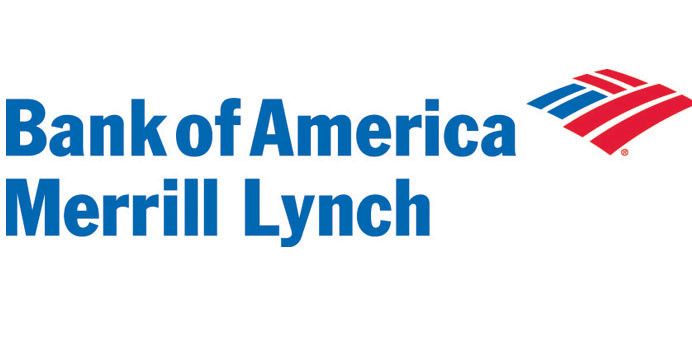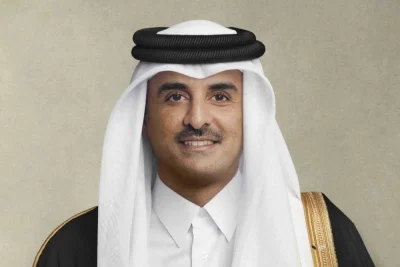By Santhosh V Perumal/Business Reporter
Qatar’s budget for 2013-14 (FY14), the biggest in its history, supports robust stimulus to consumption and investment growth and higher capital spending, which is expected to “meaningfully” pick up in the next two fiscal years, will augur well for the non-hydrocarbon sector, according to Bank of America-Merrill Lynch (BofAML).
“The FY14 budget underpins robust stimulus to consumption and investment growth, in our view,” the bank said in its report.
Expenditures are budgeted at QR210.6bn (up 18% year-on-year on the initial FY13 budget), while revenues are projected at QR218.1bn (up 5.7%), leaving a surplus of QR7.5bn for FY14 against QR27bn in the previous fiscal (FY13).
This would be the eighth budgeted surplus in the past nine years (apart from FY10, though the out-turn was a large surplus) while nearly all budgets from the mid 1980s to FY05 had reported deficits of varying sizes, the bank noted.
The budgeted oil price assumption remains conservative, at $65 per barrel (bbl), and is identical to that of FY13, after the latter was hiked by $10/bbl from its level of FY12 and FY11.
The budgeted oil price assumption has gradually increased from its $27/bbl level in FY06 and its decade low of $15/bbl in FY01, but retains a “comfortable” margin versus current oil prices, it said.
The FY14 budget outlines robust increases in current (largely on account of a higher wage bill) and capital expenditures, which should support non-hydrocarbon sector growth, it said, adding current expenditures are budgeted at QR135.7bn, a 16% y-o-y increase on FY13 budget.
Capital spending appropriations (likely to consist largely of transportation, urban and utilities projects) are targeted to increase by 20.6% y-o-y to QR74.9bn, which would represent a whopping 76% increase against preliminary FY13 figures. “We believe this puts the onus on timely execution and highlights the government drive to meet its large medium term infrastructure plans, including firm commitment to its World Cup bid book requirements (including 12 stadiums, as recently reiterated by the Qatar 2022 Supreme Committee),” it said.
“We see capital spending gradually increasing, with a more meaningful pick-up within two fiscal years, in our view,” the bank said.
Assuming the FY14 budget is broadly fully executed, BofAML oil price forecast coupled with an implied blended LNG (liquefied natural gas) export price of $11mnBTU (British thermal unit), imply a fiscal surplus of QR52bn (7.3% of GDP).
“We estimate a 40% drop from forecast hydrocarbon price levels to $66/bbl and US$6.6/mnBTU would essentially wipe out the fiscal surplus. At unchanged other revenue lines, we would instead project a fiscal break-even oil price of $40.7/bbl,” it said.
The preliminary figures for FY13 showed a large surplus of QR79.8bn (QR27bn budgeted), equivalent to 11.8% of estimated GDP, driven by higher-than projected hydrocarbon revenues and lower-than-budgeted capital expenditures.
Total revenues stood at QR239.4bn, 16% ahead of budgeted amount and 8.8% y-o-y higher against FY12 levels. Oil and gas revenues stood at QR137bn, nearly 50% above their budgeted levels, though moderately down 10% below FY12 levels.
Investment revenues, largely Qatar Petroleum transferred profits, were moderately below target but recovered strongly versus the weaker FY12 levels (which were likely partly on account of QP retaining capital), the bank observed.
Other revenues performed broadly in line with the target and were 47% y-o-y higher, likely partly on account of stronger tax revenues, it said.
On the other hand, expenditures stood at QR159bn in FY13, 10.7% below the targeted amount, and broadly flat on the year. Current expenditure stood at QR116.9bn, essentially flat versus the target and last fiscal year’s out-turn.
Finding that capital expenditure (proxied by spending in the major public sector projects) was both down 31.5% versus target and 15.1% y-o-y versus FY12 levels, BofAML said “while capex undershot for the second straight year, it has generally been in line with target on average over the course of the last decade.
Fiscal data show most of the overspending has generally taken place on the current expenditure side, consistent with other Gulf countries, it added.



